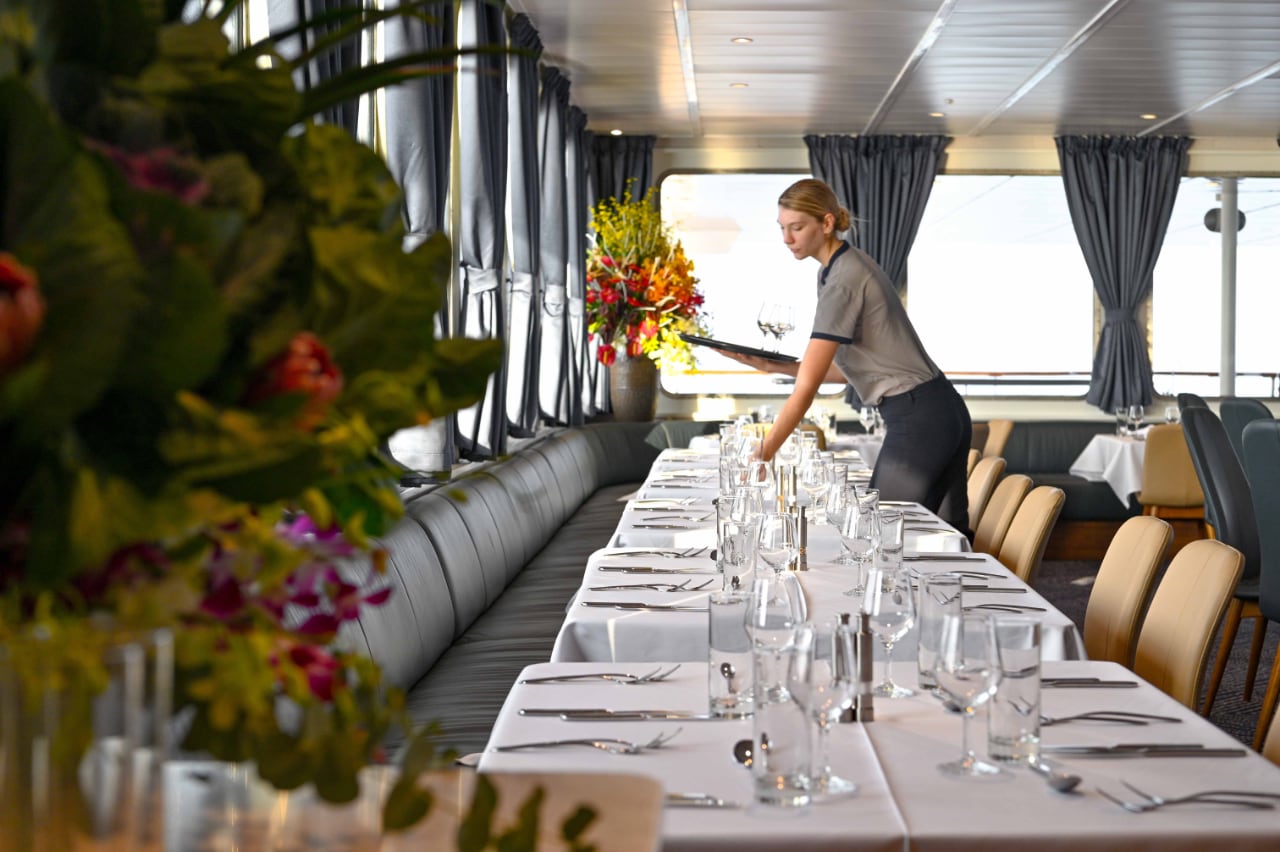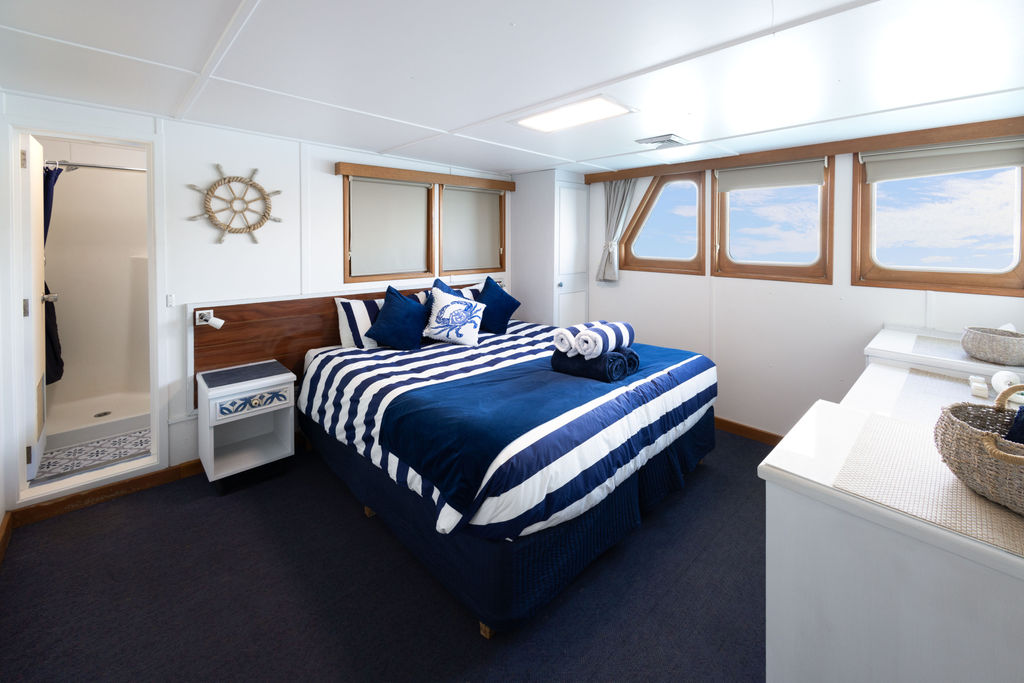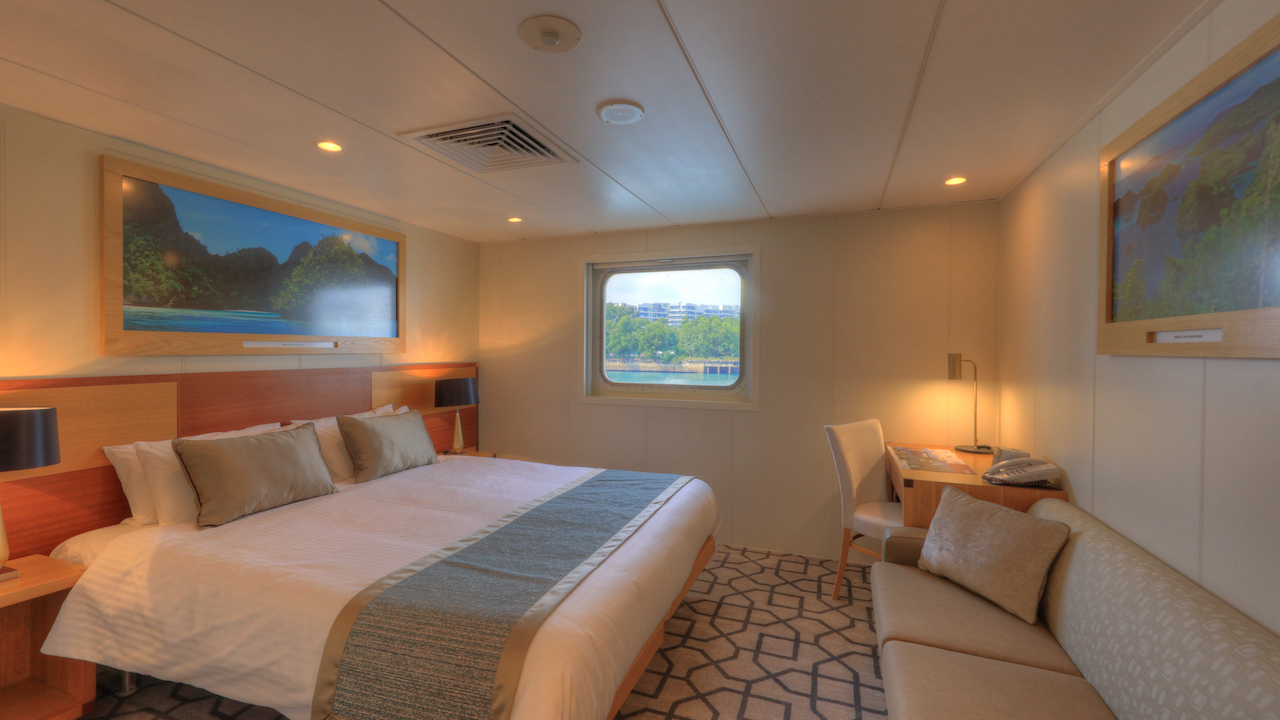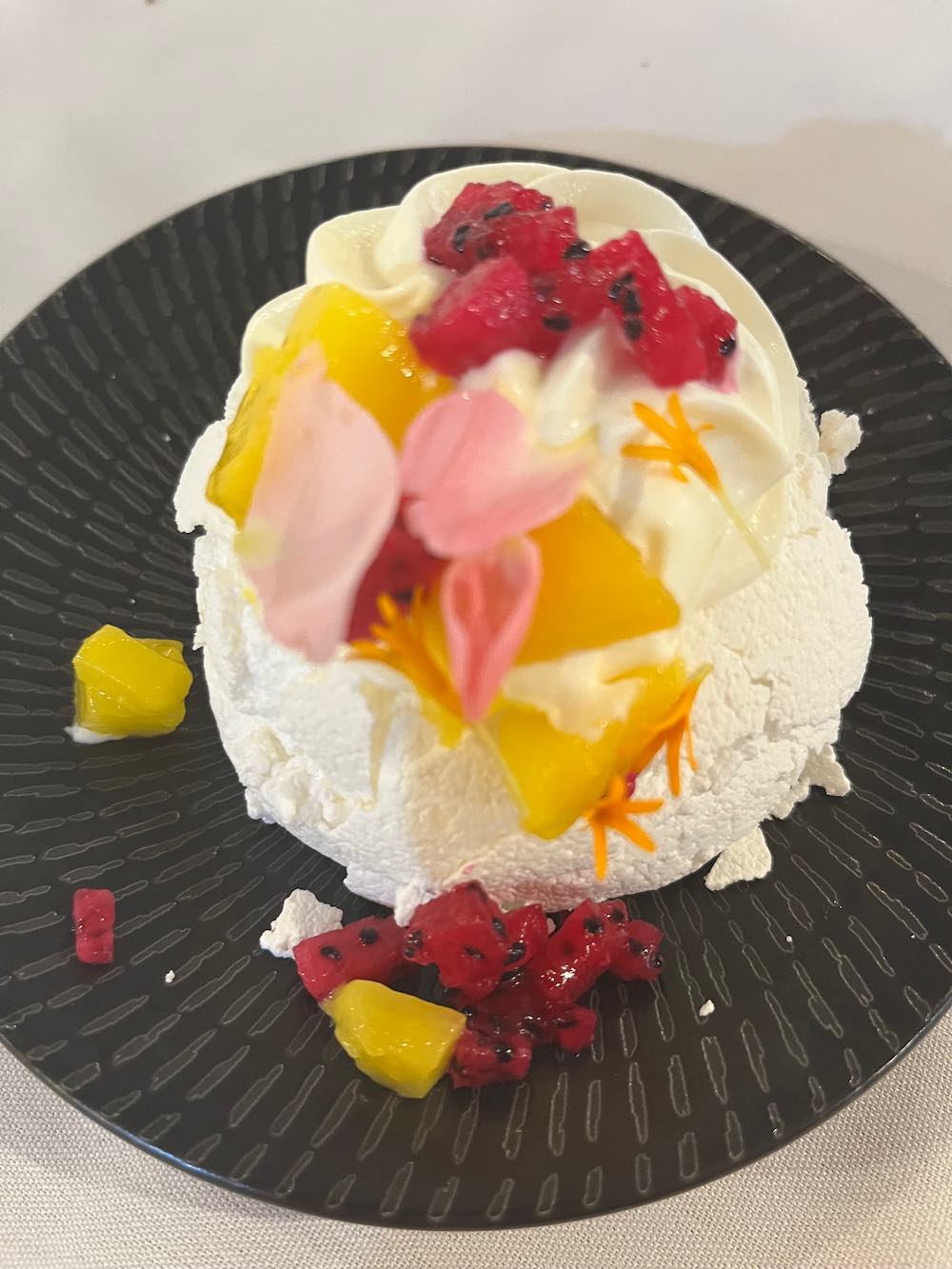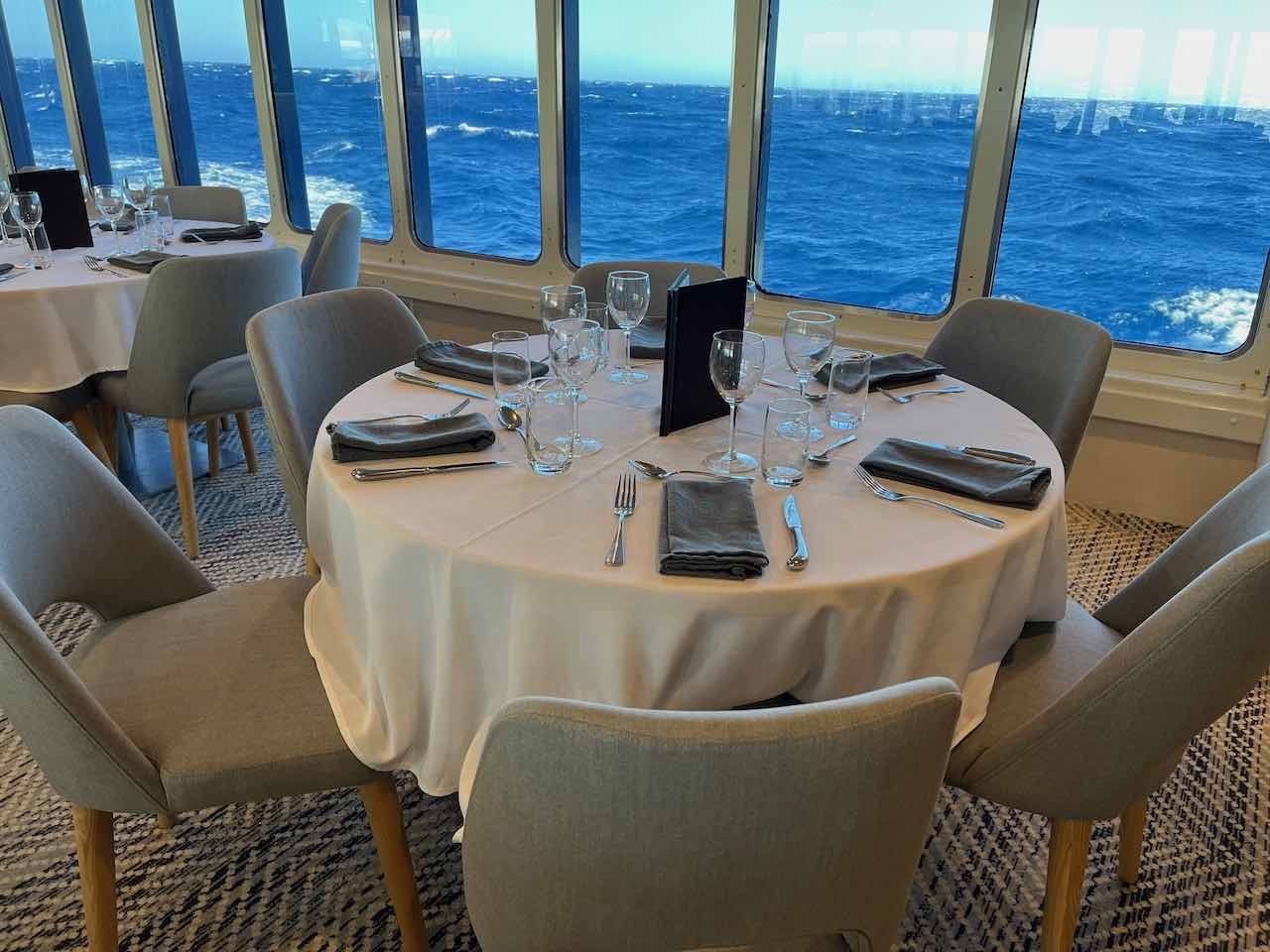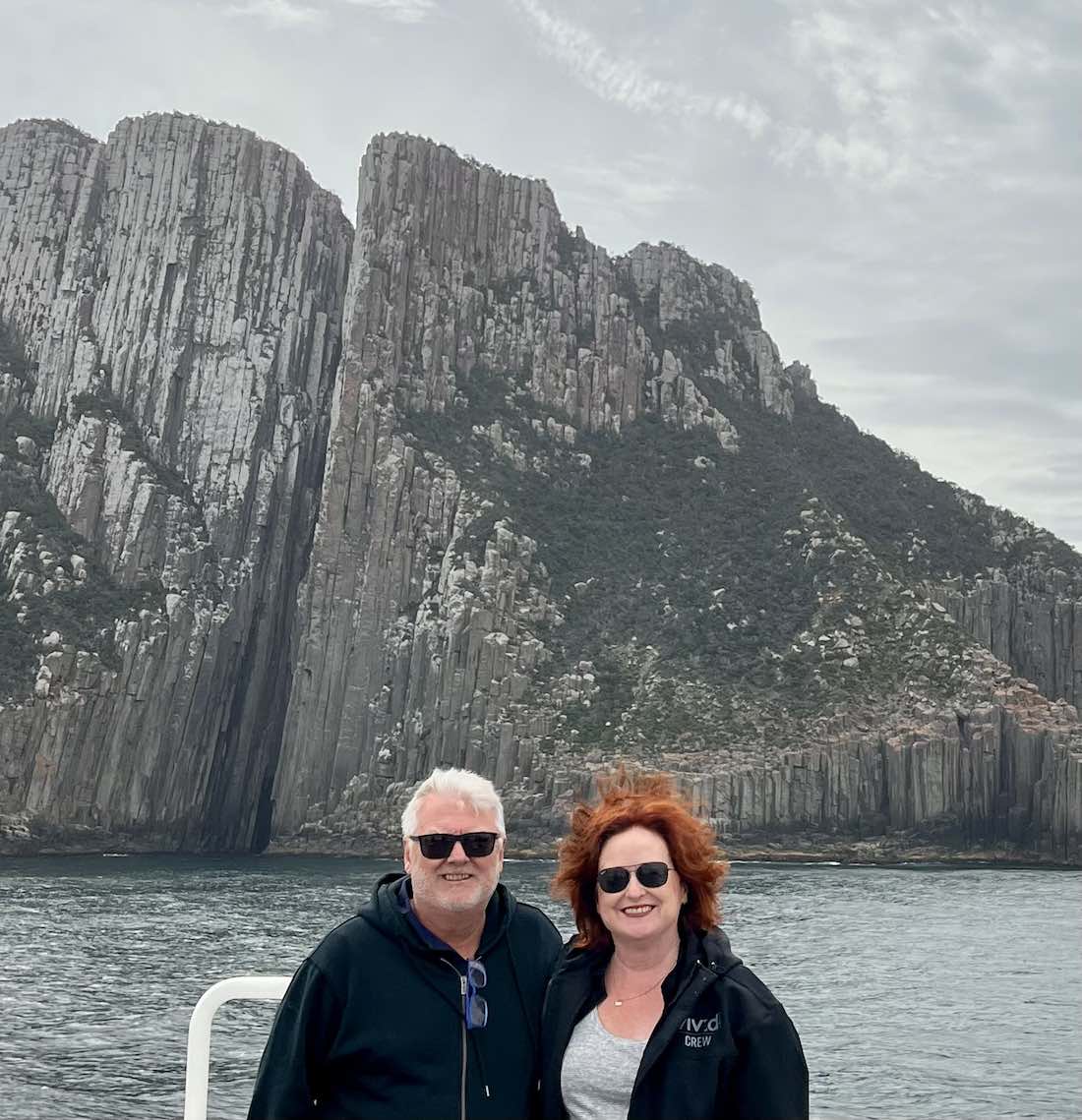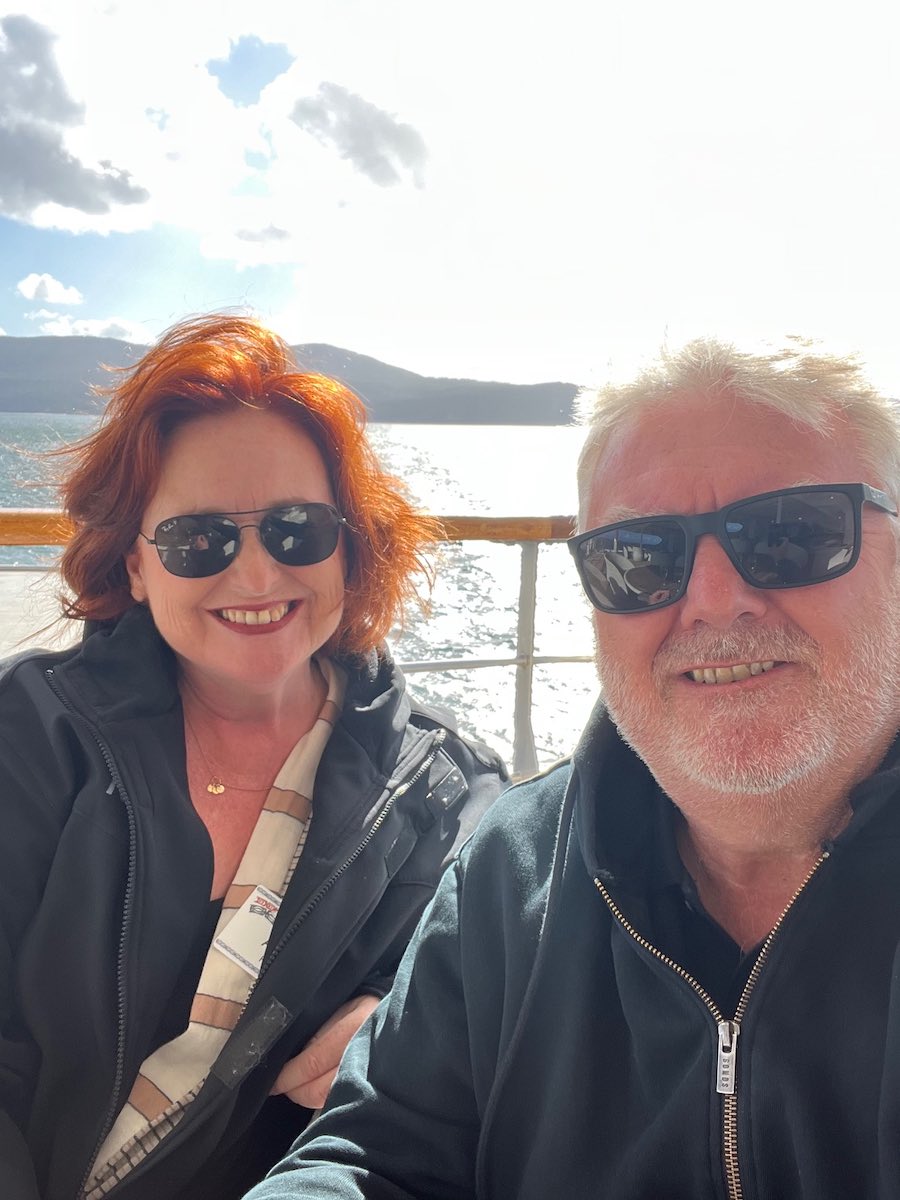$5,000 in Bonuses on 2026 Coral Expeditions Kimberley Cruises

LAST WEEKS - BOOK BY 30 SEPTEMBER 2025 & RECEIVE $5,000 FREE TRAVEL CREDITS TO BUILD YOUR OWN ULTIMATE KIMBERLEY PACKAGE
Expedition Cruise Specialists is offering $5,000 per couple in travel credits when you book your 2026 Coral Adventurer or Coral Geographer Kimberley cruise before 30 September 2025.
Coral Expeditions pioneered Kimberley Cruising back in 1996, and today they operate a fleet of three modern small ships, including the state-of-the-art new builds Coral Adventurer and Coral Geographer. These 120-traveller expedition ships have been purpose-built for cruising the Kimberley Coast, and the ten-night itinerary between Darwin and Broome incorporates all of the region’s key icons, along with a few secret spots as well.
One of the great advantages of discovering the Kimberley with Coral Expeditions is their unique range of excursion tenders. A fleet of inflatable zodiacs are on hand for short, adventurous outings, while longer excursions make use of Coral’s signature Xplorer excursion craft (individual eating, roof, toilet, PA system), allowing access to even the most hard-to-reach locations along the coast. These Xplorers come into their own when it's time to explore locations like the Prince Regent River and King Cascades. This iconic waterfall is located 27km up the Prince Regent, simply too far to travel in zodiacs with any comfort. It is for that reason that most other companies with similar sized vessels omit this site, which is a real pity. But with Coral Expeditions it is a breeze to get up to the falls in style and total comfort aboard Xplorer.

Coral Expeditions is renowned for having some of the best expedition teams and lecturers in the business. This is important when it comes to Kimberley cruising as you really do rely on that knowledge the expedition team is imparting to gain a full appreciation for the history, geology and landscapes of the region. When you’re not off exploring the sights, you’ll enjoy the professional, engaging service offered by the all-Australian crew.
On board your expedition ship you’ll enjoy ample space to relax and take in the spectacular Kimberley. The stylish, open-seat dining room accommodates all guests in one sitting, while there’s four grades of accommodation to choose from, each offering a comfortable retreat after a busy day of exploration. Generously sized, staterooms come equipped with a private en suite, your choice of twin or junior king beds and either portholes, window or a balcony. For the ultimate indulgence, a limited number of Bridge Deck Suites are also available.
Coral Adventurer and Coral Geographer operate in the Kimberley between March and September each year, and by booking early with Expedition Cruise Specialists you can receive $5,000 per couple in travel credits on 2026 cruises.
Travel credits are available as follows:
Balcony Suites and Explorer Deck Balcony Stateroom
Receive $5,000 per couple in FREE travel credits on all 2026 cruise dates when you book by 30 September 2025.

Coral & Promenade Deck Staterooms
Receive $5,000 per couple in FREE travel credits on the following 2026 cruise dates when you book by 30 September 2025.
- 19 March - Darwin to Broome - Coral Geographer
- 13 May - Darwin to Broome - Coral Adventurer
- 14 May - Broome to Darwin - Coral Geographer
- 3 June - Darwin to Broome - Coral Adventurer
- 14 June - Darwin to Broome - Coral Geographer
- 25 July - Broome to Darwin - Coral Adventurer
- 5 August - Darwin to Broome - Coral Adventurer

Book your selected 2026 Coral Geographer or Coral Adventurer Kimberley cruise to receive your $5,000 per couple in travel credits. Travel credits can be used for pre- & post- cruise accommodation, flights, tours, train journeys and travel insurance. Speak to our expert team about designing your ideal Kimberley cruise package.
2026 Cruise Fares
All prices are per person, twin share in Australian Dollars:
Coral Deck Stateroom - $13,400 per person
Promenade Deck Stateroom - $16,300 per person
Explorer Deck Balcony Stateroom - $21,600 per person
Bridge Deck Balcony Stateroom (Coral Adventurer) - $23,600 per person
Bridge Deck Balcony Suite (Coral Geographer) - $28,900 per person
Bridge Deck Balcony Suite (Coral Adventurer) - $30,900 per person
The cruise price includes just about everything, here's a summary:
INCLUDED:
- Accommodation in selected Stateroom for ten nights
- All meals, morning and afternoon teas - see sample menu
- House beer, spirits and Australian table wine during lunch and dinner service - see sample beverage list
- 24-hour soft drinks, tea and barista-style coffee
- Captain’s welcome and farewell drinks
- Access to islands, marine and national parks
- Guided tours on Xplorer expedition vessels and zodiacs
- Touring as described in the itinerary
- Services of expedition staff and lecturers including briefings and knowledge-sharing sessions
- Port taxes and government charges imposed by government authorities
- Tipping not required on board
- Included standard-speed Wi-Fi (upgrades to higher speed internet are available on board at additional cost)
- Native Title fees applicable as at June 2025.
NOT INCLUDED:
- Pre and post flights, transfers and hotels
- Optional Mitchell Falls helicopter flight (payable on board)
- Kimberley Cruise Travel Insurance - highly recommended, including provisions for remote area evacuation.
- Items of a personal nature including but not limited to bar charges (outside of the included drinks package as highlighted), laundry charges and souvenir purchases.
Ready to book your 2026 Coral Expeditions Kimberley Cruise or want to find out more about the options? Contact the expert team at Expedition Cruise Specialists today on 1800 90 20 80 or fill in the form below and one of our team will call you back.
Terms & Conditions: This special offer is subject to availability on specified 2026 Kimberley Cruise dates aboard Coral Adventurer and Coral Geographer. Coral Discoverer in excluded. The travel credits must be used through Expedition Cruise Specialists. The offer is not combinable with any other special offer and is valid only for new bookings made between 08 June and 30 September 2025 unless sold out earlier. Enquire for single traveller pricing.
